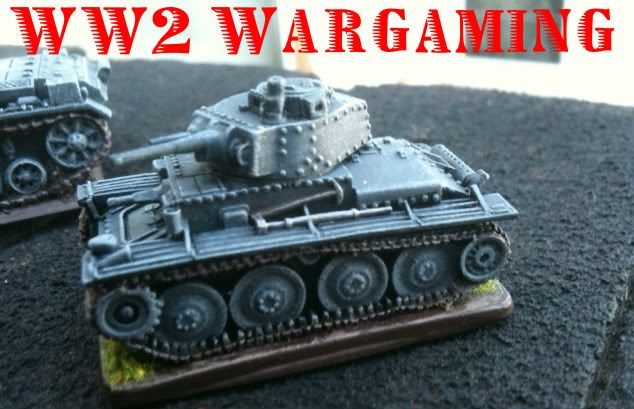The T-26 entered active service for the Red Army (RKKA) in 1932; it was used in many conflicts of 1930s as well as during World War II. The T-26 together with the BT was the main tank of the RKKA armored forces during the interwar period.
The T-26 light tank first saw action in the Spanish Civil War. The Soviet Union provided Republican Spain with a total of 281 T-26 mod. 1933 tanks starting in October 1936. T-26s were used in almost all military operations of the Spanish Civil War in 1936-1939 against Nationalists and demonstrated there a superiority over the German Panzer I light tanks and Italian CV-33 tankettes armed only with machine guns. During the battle of Guadalajara T-26s outclassed the Italian tankettes, strongly inspiring the design of the first Italian medium tank the Fiat M13/40 tank.
The first military operation of the RKKA in which T-26 light tanks participated was the Soviet-Japanese border conflict, the Battle of Lake Khasan, in July 1938. The 2nd Mechanised Brigade, the 32nd and the 40th Separate Tank Battalions had 257 T-26s, from which 76 tanks were damaged and 9 burnt towards the end of battle action. A small number of T-26 tanks and flame-throwing tanks based on the T-26 chassis participated in the Battle of Khalkhin Gol against Japanese forces in 1939.
On the eve of World War II, T-26s served mainly in separate light tank brigades (each brigade had 256–267 T-26s) and in separate tank battalions of rifle divisions (one company of T-26s consisted of 10-15 tanks). This was the type of tank units that participated in the Soviet invasion of Poland in September 1939 and in the Winter War of December 1939-March 1940. The Winter War proved that the T-26 was obsolete and its design reserve was totally depleted. Finnish anti-tank guns easily penetrated the T-26's thin anti-bullet armour, and tank units equipped with the T-26 suffered significant losses during the breakthrough of the Mannerheim Line, in which the flame-throwing tanks based on the T-26 chassis played a significant role.
On June 1st 1941 the Red Army had 10,268 T-26 light tanks of all models, including armoured combat vehicles based on the T-26 chassis. T-26s composed a majority of the fighting vehicles in Soviet mechanised corps of border military districts. For instance, the Western Special Military District had 1,136 T-26 tanks on June 22nd 1941 (52% of all tanks in the district). The T-26 (mod. 1938/39, especially) could withstand German tanks (except the Panzer III and Panzer IV) participating in Operation Barbarossa in June 1941. The majority of the Red Army's T-26s were lost in the first months of the German-Soviet War, mainly to enemy artillery and air strikes. Many tanks broke down for technical reasons and lack of spare parts.
Nevertheless, the remaining T-26s participated in combats with the Germans and their allies during the Battle of Moscow in winter 1941/1942, the Battle of Stalingrad and the Battle of the Caucasus in 1942-1943. Some tank units of the Leningrad Front used their T-26 tanks until 1944.
The defeat of the Japanese Kwantung Army in Manchuria in August 1945 was the last military operation in which Soviet T-26s were used.
In the 1930s, T-26 light tanks were delivered to Spain (281), China (82) and Turkey (60). They were used in the Second Sino-Japanese War by the Chinese in 1938–1944. A number of captured T-26s of different models were used by the Finnish Army during the Continuation War, some tanks served in Finland till 1961. Captured T-26s were also used by the German, Romanian and Hungarian armies.




No comments:
Post a Comment